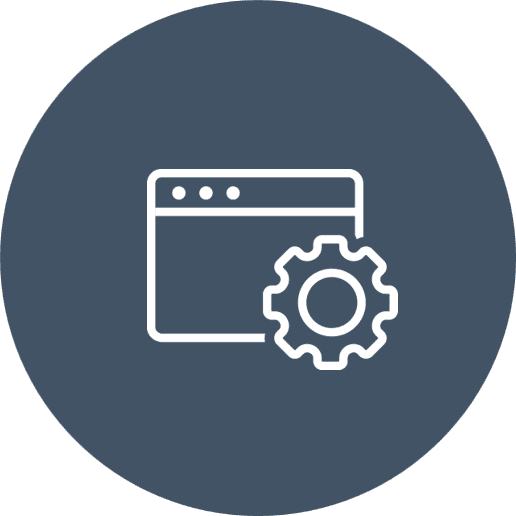
Automation
Automation of purchasing, delivery tracking, inventory segmentation, and charge-backs
Crocs, Inc is a leader in innovative casual footwear for men, women, and children. The company enables customers to express their individuality with colorful, simple, comfortable footwear.
Crocs’ original and unique Classic Clogs took the world by storm. Now, the company offers several shoe collections with over 300 year-round footwear styles. Since its inception in 2002, Crocs has sold over 300 million pairs of shoes in 90+ countries.
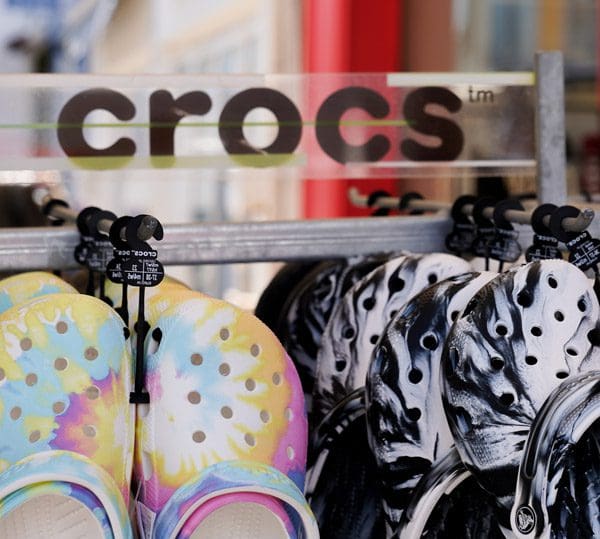
Following the company’s record growth in multiple regions, Crocs realized its legacy systems couldn’t keep up with future growth. Some of the challenges faced by the business:
To support its growth trajectory, Crocs implemented SAP® Apparel and Footwear Solution (SAP AFS) to capture data, integrate it with data from other systems, and turn it into something meaningful. The company also developed a global standard blueprint and rollout plan.

Improve multichannel decision-making by creating consistent data across all platforms
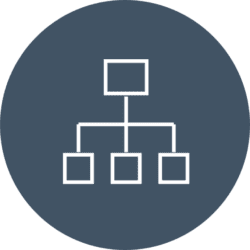
Streamline reporting by reducing redundancies caused by multiple systems
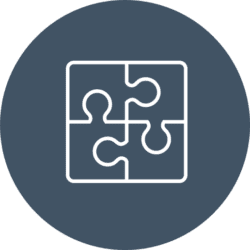
Manage data conversion, development, and program management of the overall global project
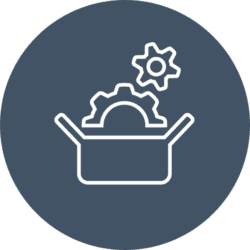
Free up resources to work on value-adding tasks, optimize processes, and save time and money


Automation of purchasing, delivery tracking, inventory segmentation, and charge-backs
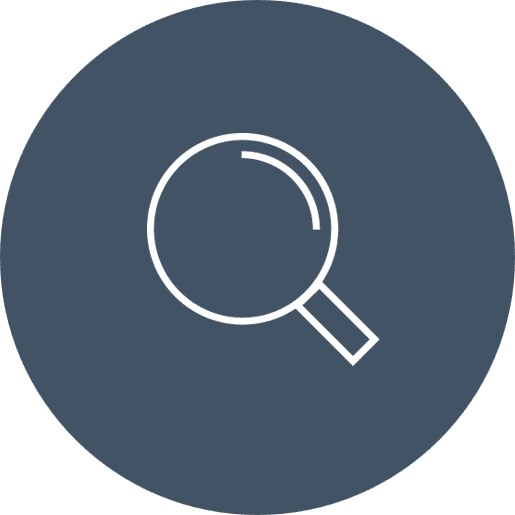
Greater global visibility in all departments, regions, and other demographics
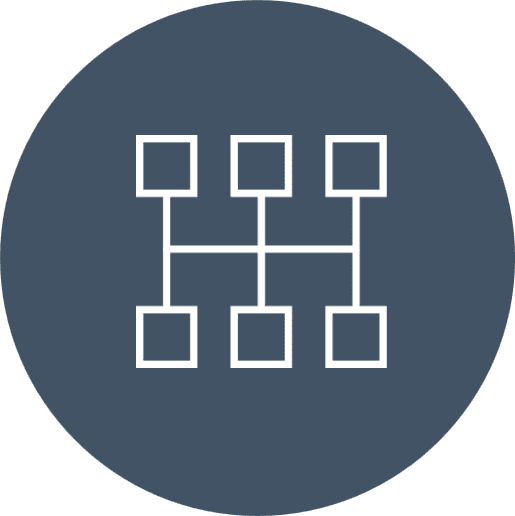
Improved management of large amounts of data from increasing design variations
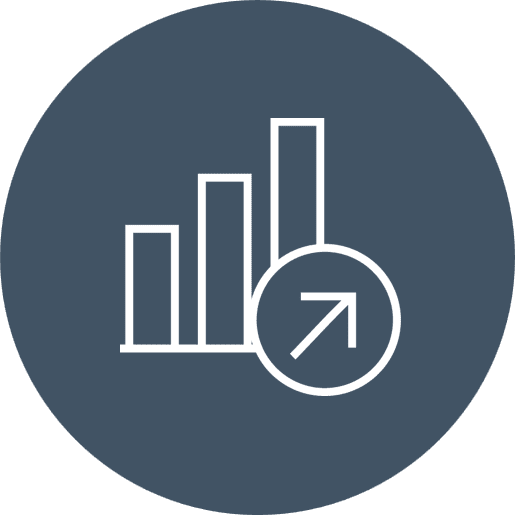
Streamlined processes and automated basic operational functions

Significantly reduced non-production SG&A costs, reduced days of sales outstanding, and improved fill rates
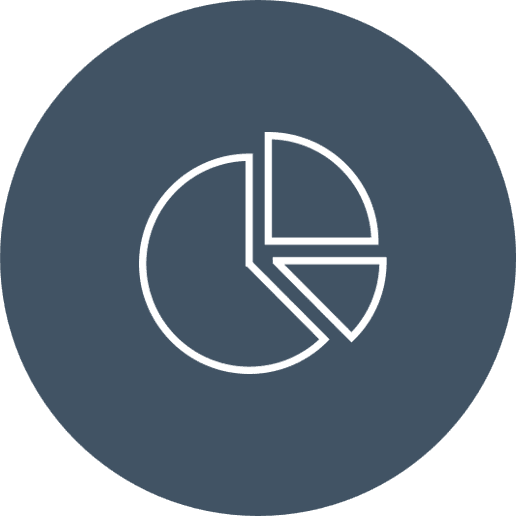
Created a “single source of truth” to reduce questions about data